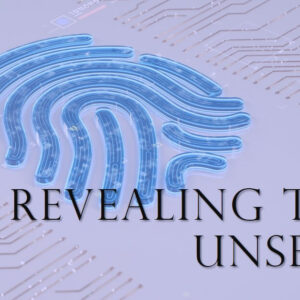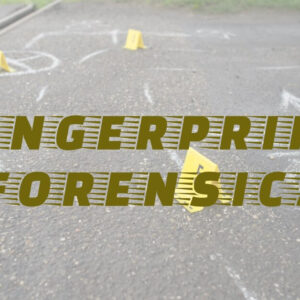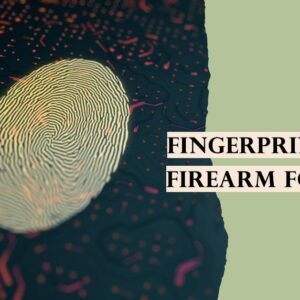Fingerprints are like nature’s own identification cards, engraved on our fingertips. These small ridges and valleys create unique patterns that are different for every person. It’s as if our fingerprints hold the secret key to our identity. In this guide, we will unravel the mystery behind these fingerprint ridges and learn how to interpret them.
Imagine fingerprints as a special language written on our fingers. What’s fascinating is that this language is so distinct that no two individuals share the same fingerprint. This makes fingerprints incredibly valuable in solving crimes and determining someone’s true identity. However, their significance extends beyond catching criminals – fingerprints also play a crucial role in securing our phones, accessing buildings, and maintaining safety.
So, come along on this journey as we delve into the captivating world of fingerprint ridge patterns. We will explore the three main types of patterns and discover the techniques experts use to decipher them. It’s not just about unraveling mysteries; it’s about appreciating the remarkable uniqueness embedded in the swirls and loops on our fingertips. Let’s dive in and uncover the untold stories behind each fingerprint.
Techniques for Reading Fingerprint Ridge Patterns
Forensic experts and investigators rely on a range of specialized techniques to truly comprehend the complexities of fingerprint ridge patterns. These methods delve deeper than just the surface, involving meticulous scrutiny of distinctive characteristics, tallying ridges, and utilizing cutting-edge technology to achieve precise identification.
1. Ridge Counting
- Counting the ridges between key points in a fingerprint, such as the core and delta areas, is a fundamental technique in fingerprint analysis.
- The ridge count is a useful tool for classifying fingerprints into various patterns and subtypes, offering a structured approach to categorizing and distinguishing prints.
2. Minutiae Points
- Minutiae refer to the small, individual details found on a fingerprint, including ridge endings, bifurcations, and other notable characteristics.
- Forensic specialists carefully examine these tiny details, as they are crucial indicators for identification. Automated fingerprint systems utilize these markers to efficiently match prints.
3. Delta and Core Analysis
- Deltas represent the triangular points where the ridges of a fingerprint pattern separate. Cores, on the other hand, act as central points from which the ridges flow.
- It is essential to analyze the locations and connections of deltas and cores to differentiate between various types of fingerprint patterns, which helps achieve precise classification.
4. Pattern Recognition
- Forensic experts undergo specialized training to identify the larger patterns created by ridges, including loops, whorls, and arches.
- Recognizing patterns is the first step in the analysis process, helping experts pinpoint unique characteristics and features that distinguish one fingerprint type from another.
5. Advanced Imaging Technology
- Modern forensic science utilizes advanced imaging technologies, including high-resolution scanners and digital sensors.
- These advanced technologies allow professionals to capture intricate fingerprint images, making it easier to analyze and compare them with existing databases for quick and precise identification.
6. Computerized Systems and Matching Algorithms
- AFIS systems utilize sophisticated algorithms to analyze and identify fingerprint patterns.
- These systems examine tiny details, ridge patterns, and other distinct characteristics, offering a quicker and more unbiased approach to matching fingerprints in extensive databases.
7. UV and Chemical Enhancement
- If fingerprints are faint or hard to see, forensic experts can employ methods such as UV light or chemical enhancement to enhance the visibility of the ridges.
- By utilizing these techniques, you can uncover concealed information and enhance the overall visibility of the fingerprint for a comprehensive analysis.
Conclusion
Analyzing fingerprint ridge patterns demands precision and a methodical mindset. The uniqueness of these patterns, along with the progress in forensic technology, has elevated fingerprints to a crucial tool in solving crimes and confirming identities.
Whether you’re a forensic specialist, a police officer, or just curious about biometrics, learning how to interpret fingerprint ridge patterns is an intriguing exploration into the realm of personal distinctiveness and recognition.






